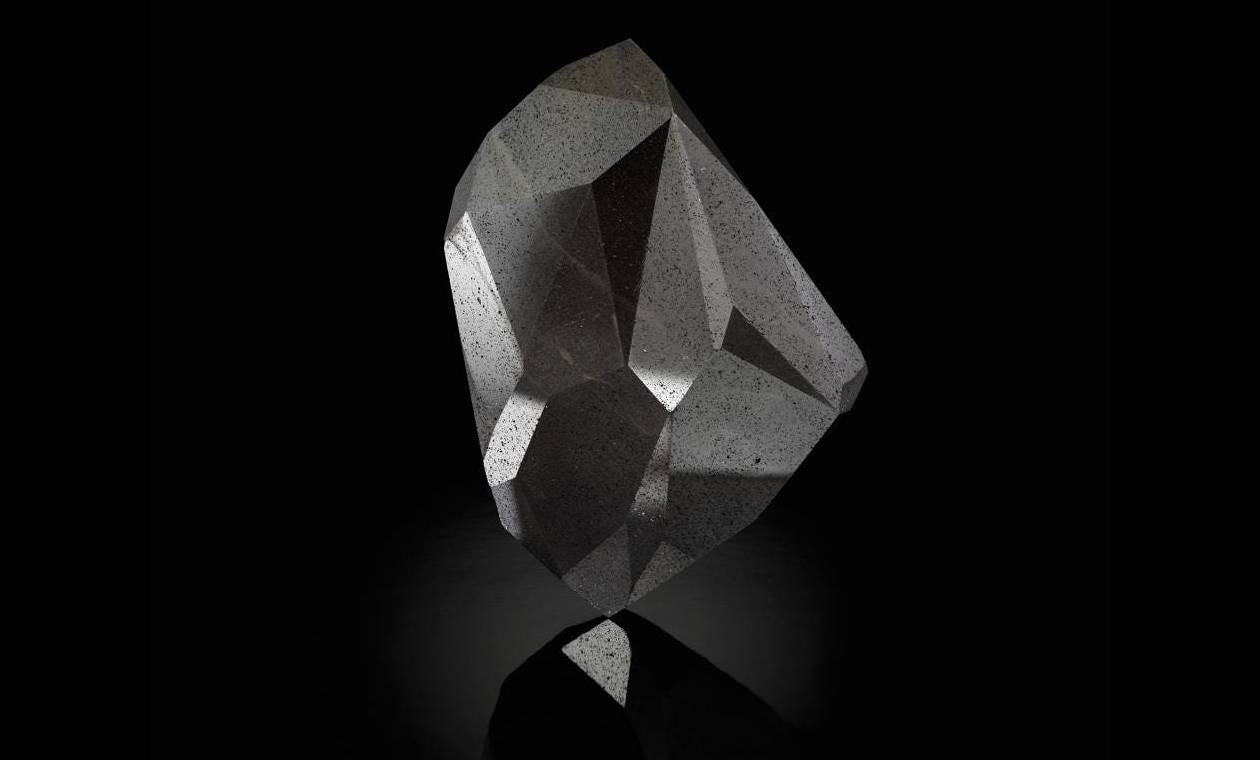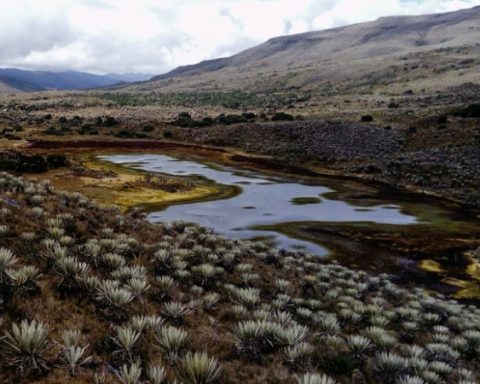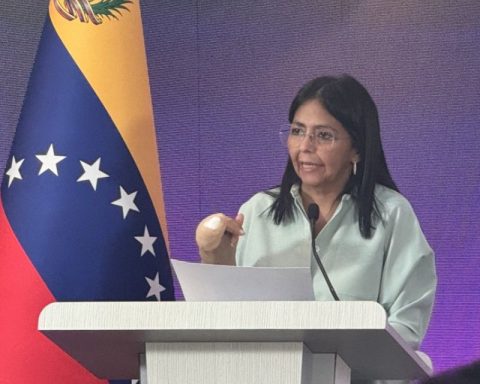Some planets could form large deposits of diamonds, according to a study published Friday by the Science Advances journal and that he used plastic to recreate the conditions of possibility of his appearance on Uranus and Neptune.
In the study, scientists surmised that colossal pressures turned hydrogen and carbon into diamonds, flowing thousands of miles below the gaseous surface of these icy giants.
Research published in Science Advances suggests that the addition of oxygen to the mixture would facilitate this formation. the layers of diamonds they would be of a very special kindexplained Dominik Kraus, a physicist at the German research laboratory HZDR and a co-author of the study.
You may be interested in: They discover a planet similar to Earth in which the possibilities of life grow
Diamonds would form from a “hot, dense liquid”, before slowly sinking into the rocky core of the planets, 10,000 km below the surface, he explained to AFP. They would then spread out in layers “hundreds of kilometers or more,” she added.
To explain it, a group of scientists from the HZDR, the University of Rostock in Germany and the Polytechnic School tried to recreate these conditions.
To do this, they used a simple plastic as a material that mixes carbon, oxygen and hydrogen, the necessary ingredients. They then subjected it to a powerful laser from the SLAC laboratory at Stanford in the United States.
“Very, very brief flashes of X-rays of incredible intensity” allowed the formation of nanodiamonds, which are too small to be seen with the naked eye, to be observed, Kraus described.
The Oxigen, “present in large quantity on those planets” thereby facilitating the formation of diamonds, he said.
The researchers assume that in these areas, the diamonds could be much larger than those created on Earth, adds a statement published with the study.
Also read: Final destination?, the fatal outcome that the earth would have when the sun expands
The discovery opens the way to a new way of produce nanodiamonds, increasingly useful in medical probes, non-invasive surgery or quantum electronics.
“Laser production could offer a cleaner and more easily controllable method of producing nanodiamonds”said Benjamin Ofori-Okai, a scientist at SLAC and a co-author of the study.
As for what actually happens in Neptune and Uranus, the most distant planets in the solar system, we will have to wait for future space missions to find out more.
















